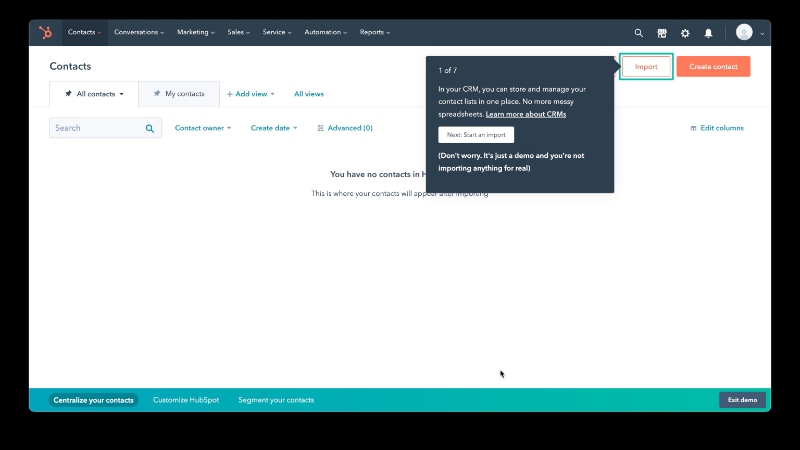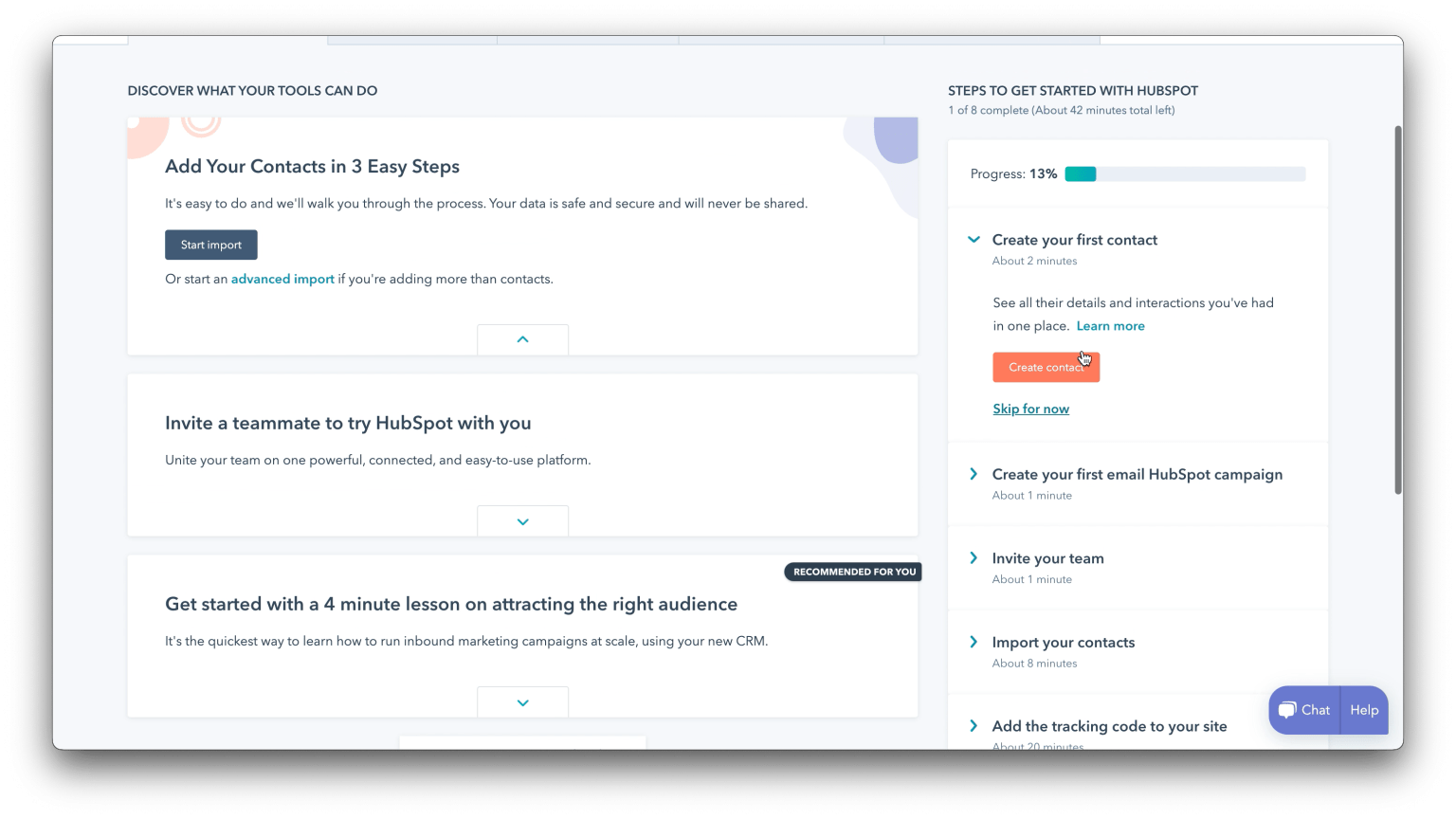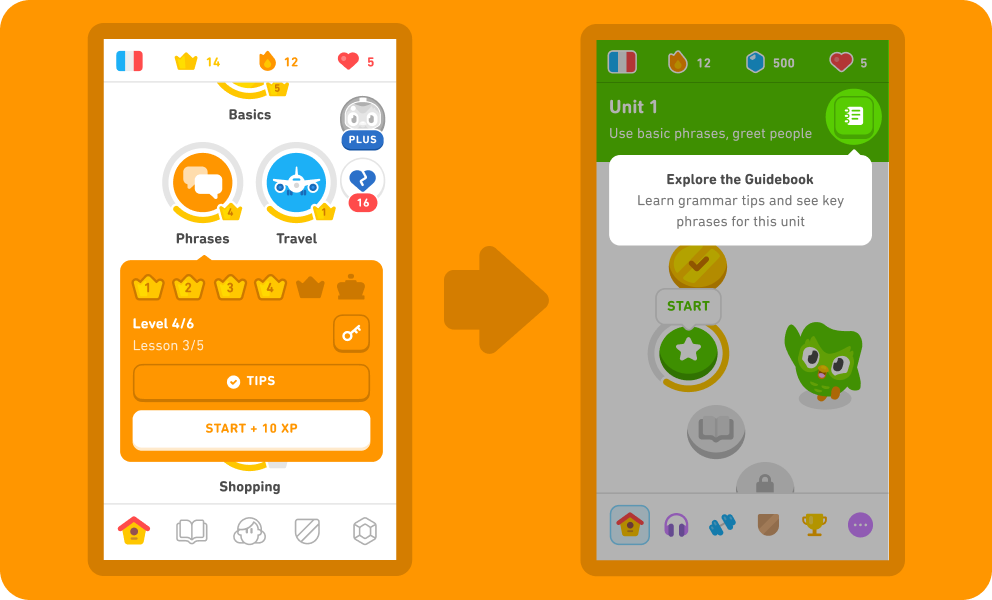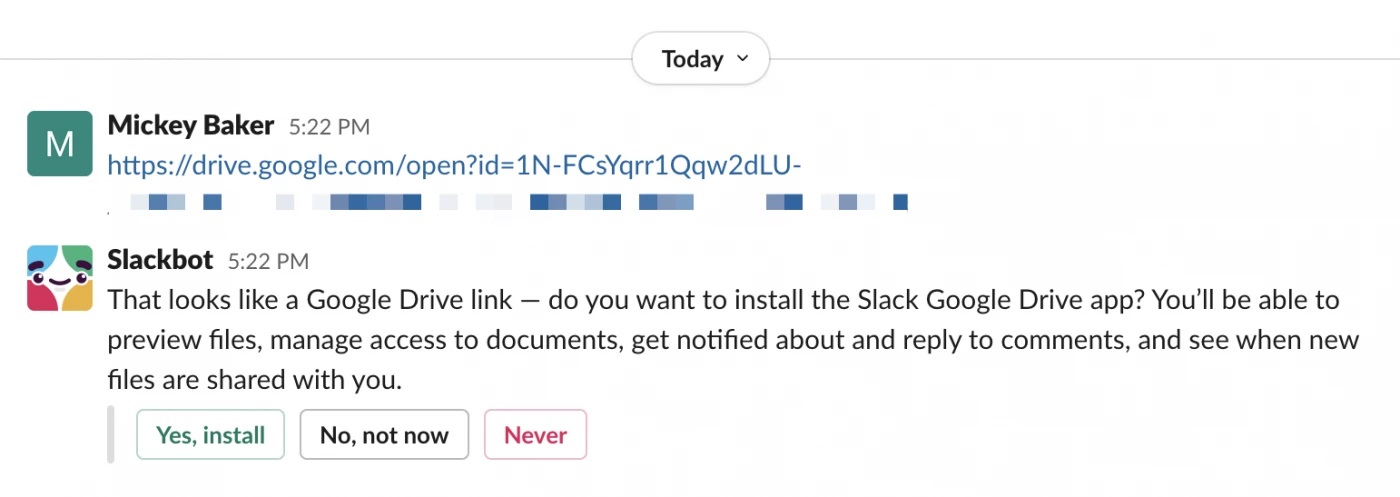The Art of Progressive Onboarding and Self-Service Demos

Discover the power of self-service demos with progressive onboarding. Learn how these effective strategies enhance user engagement, reduce complexity, and boost customer loyalty. Explore best practices and real-life examples to create an engaging onboarding experience. Craft your own adventure and unlock the potential of your product-led growth.
I really hate info-dumping.
It bothers me when I do it and I really dislike it when others do it to me.
But unfortunately, there are still a number of companies that believe that this is the best approach when it comes to learning a new app or software. As someone who is constantly on the lookout for things that help me simplify/declutter/automate/magnify, I go through a lot of info-dumping on new software. And it doesn't make me like them.
And I know it happens to you too. All you want is to start using a simple application to do the specific thing you want to do.
BUT.
The makers of the tool lovingly want to educate you on all the things it can do. They want to tell you their journey, and how they've painstakingly put together a tool/solution/app that is perfectly tailored to your needs.
Sigh.
It's a little bit like going to a really posh dinner party, and the host brings out all the starters, entree, drinks and desserts piled high on my plate. Everything is smushed together, everything is leaking into each other, and I can't eat the thing I was looking forward to eating because it tastes of lemon curd and kimchi at the same time.

Look, I have enormous respect for these product teams and their journey and the pains that they take. But I also don't have the time (or headspace) for it. Here's what I would like - I want to get to what I want to do, now. Then, when I'm already in love with the new solution, I would love to hear the backstory and learn what else I can use it for. Deal?
That's why I love progressive onboarding and the companies that use them. I get what I want, and then, I'm gently guided to try out other delights I may have overlooked. It's like a great fine dining experience: progressive, engaging, and paced to perfection. Of course, being the founder of SmartCue, I have a special corner in my heart for those who use self-service demos with progressive onboarding.
My obvious bias aside though, I just think self-service demos and progressive onboarding are made for each other. It minimizes non value added contact with customers, while also giving them everything they need. For the curious ones and the power user, there are options to deep dive into any rabbit holes they like. Win win. It's economy and effectiveness in one neat package, when done well.
Why Progressive Onboarding Using Self-Service Demos Leads to Customer Loyalty
In the fast-paced world of Product-Led Growth (PLG), your customers are eager to roll up their sleeves and dive into your product. Progressive onboarding is like your customers' trusty GPS, guiding them smoothly through your product's landscape. It paves the way for an intuitive, engaging, and self-guided experience that's tailored to each user's pace and needs. But let's break down why it works so well.
Firstly, it's all about empowerment. Like the satisfaction of cooking a gourmet meal from a well-written recipe, users who navigate your product independently feel a sense of achievement. Self-service demos are able to balance information delivery and this sense of discovery, in addition to helping you build gamification into your onboarding process.
Secondly, progressive onboarding reduces the need for extensive customer support. It's like having an automated tour guide, ready to assist at any time, reducing the load on your support team. Extra points for those businesses that create an easily accessible library of self-service demos that users can dip into as needed.
Lastly, it's a goldmine for user data. Every click, every interaction provides invaluable insights, telling you more about your users' behaviors and preferences. Usage metrics on self-service demos go beyond just measuring interaction and engagement, they also tell you where your product is stumbling. That, to me, is invaluable.
On the engagement side, this approach has multiple benefits:
Reduced Complexity: When you break down the learning process into digestible chunks, your users are less likely to feel overwhelmed and more likely to engage with your product.
Improved User Retention: As users discover more value from your product over time, they're more likely to stick around.
Higher Conversion Rates: Users who understand your product's value are more likely to convert to paid customers.
Progressive Onboarding with Self-Service Demos: Best Practices
Creating a stellar self-service demo with progressive onboarding is all about meeting the users where they are, and getting them settled in.
Start with a warm welcome: Kick off with a quick, engaging introduction to your product, and set context for what they can expect.
Show, don't tell: Use interactive walkthroughs, tooltips, and videos to guide your users, rather than long, text-based instructions. Everyone learns differently, so the more variety you use here, the better. Besides, if they wanted text, they'd read the manual.
Build complexity: Don't jump straight into advanced features. Begin with the essentials that a user needs to achieve their first success with your product.
Reduce overwhelm: by focusing on just one feature or functionality at a time. Create a learning ladder/path that allows them to go at their own pace. Some users will want to learn everything at once, others may prefer bite sized learning.
Personalize the experience: The C-suite user and the power user have completely different needs. Tailor the onboarding experience to different user roles.
Use Gamification: Reveal features gradually, based on the user's actions or milestones. Let them earn it, it keeps things exciting.
SmartCue's Top Picks for Progressive Onboarding Done Well
There are undoubtedly many great companies out there doing amazing things with progressive onboarding, but these are the ones I'm personally delighted by.
HubSpot - HubSpot uses progressive onboarding by utilizing step-by-step guides and video demos, leading to this customer's high levels of satisfaction.


Duolingo: Imagine how daunting learning a new language should be. Yet, I've never felt that way with Duolingo. The company prides themselves on their simple, progressive approach that gradually introduces complexity, while maintaining high user engagement with gamification. The best part: if I want the complex grammar rules, they're right where I need them.

Evernote, the note-taking app, is a shining example of progressive onboarding done right. They introduce users to features bit by bit, based on their usage, making the onboarding process feel like a personalized journey, rather than a one-size-fits-all tutorial. I don't have screenshots for you, because it happened so gradually. Enough said?
Slack: New users start with a basic chat function, and as they get comfortable, they're introduced to more advanced features like channels and integrations. Slack uses progressive onboarding to help users truly understand the value of their product. By providing context and showing users how to use key features, when they need them they are able to increase user engagement and adoption.
For example, when a new user shares a Google Drive link on Slack, they’re asked to install the Google Drive integration. Note how they didn't even insist on it? So polite.

Measuring Success: Is Your Progressive Onboarding Strategy Working?
These are the indicators I look at:
User Activation: Are users completing key actions that indicate they're finding value in your product?
Time to Value (TTV): How quickly do users reach the 'Aha!' moment where they understand the value of your product?
Retention Rates: Are users sticking around after the onboarding process?
Customer Feedback: What are users saying about their onboarding experience? Are they facing any challenges or roadblocks?
These indicators can help you understand if your onboarding is effective or if it needs some tweaks. Even the best strategies have room for improvement, and having someone dedicatedly looking into these metrics is a great way to stay ahead of the curve.
Conclusion
Creating a self-service demo with progressive onboarding is like crafting a choose-your-own-adventure book for your users. It provides them with an engaging, personalized journey through your product, and it gives them an opportunity to truly participate in your product's journey. As your business grows, these are the users you can count on to give you real feedback when you launch something new.
In the world of PLG, where users lead the way, a well-crafted self-service demo with progressive onboarding isn't just an option; it's a necessity. It's the guidebook that empowers your users, the automated support that lightens your load, and the data source that fuels your insights. It's the gift that keeps on giving - on both sides of the aisle.
Also, it isn't hard to do. I can talk to you about how SmartCue automates all the grunt work in demo creation and helps you make these things on scale and with minimal effort, but that would be self-serving. 😉 So instead, I'll ask you to do your research - try a couple of demo automation tools, check out their own self-service demos, assess their analytics suite and take feedback from your power users on what works best for them.
And then, go on and craft your adventure. Your customers are waiting.